NEW YORK – Two employees of a Bronx water and sewer line construction contractor were fatally injured in a trench at a construction site at John F. Kennedy International Airport in Queens on April 3, 2023. These fatalities could have been prevented if their employer had ensured proper safeguards, a federal investigation found.
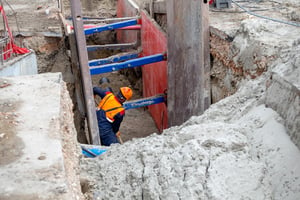 The two employees were attempting to remove soil from below a concrete slab located within a trench when the slab broke apart and collapsed, fatally crushing both workers. OSHA inspectors found that the company failed to:
The two employees were attempting to remove soil from below a concrete slab located within a trench when the slab broke apart and collapsed, fatally crushing both workers. OSHA inspectors found that the company failed to:
- Support the concrete slab, exposing both employees to the danger of a collapse.
- Instruct employees on safe methods to remove the slab and provide supervision to ensure those methods were followed.
- Construct the excavation's protective system based on designs in accordance with OSHA standards.
“Working in excavations is inherently dangerous. Demolition of existing structures must be carefully planned, and shoring systems must be built according to their design. Employers are obligated to make a good faith effort to recognize, evaluate and control workplace hazards throughout the course of the work and as conditions change,” said Kevin Sullivan, OSHA's Long Island and Queens area director.
“Diligent oversite and management of changing worksite conditions could have helped prevent this tragedy from happening.”
Learn more about OSHA and protecting workers against trenching and excavation hazards.

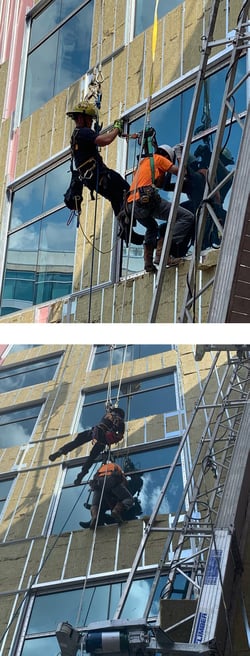 Two construction workers were left hanging from their safety harnesses after the scaffolding holding the workers failed at Ochsner Lafayette General Medical Center. According to the Lafayette Fire Department, one person received major injuries, and another received minor injuries.
Two construction workers were left hanging from their safety harnesses after the scaffolding holding the workers failed at Ochsner Lafayette General Medical Center. According to the Lafayette Fire Department, one person received major injuries, and another received minor injuries. 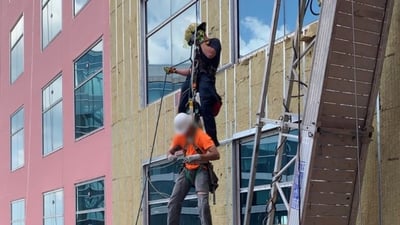

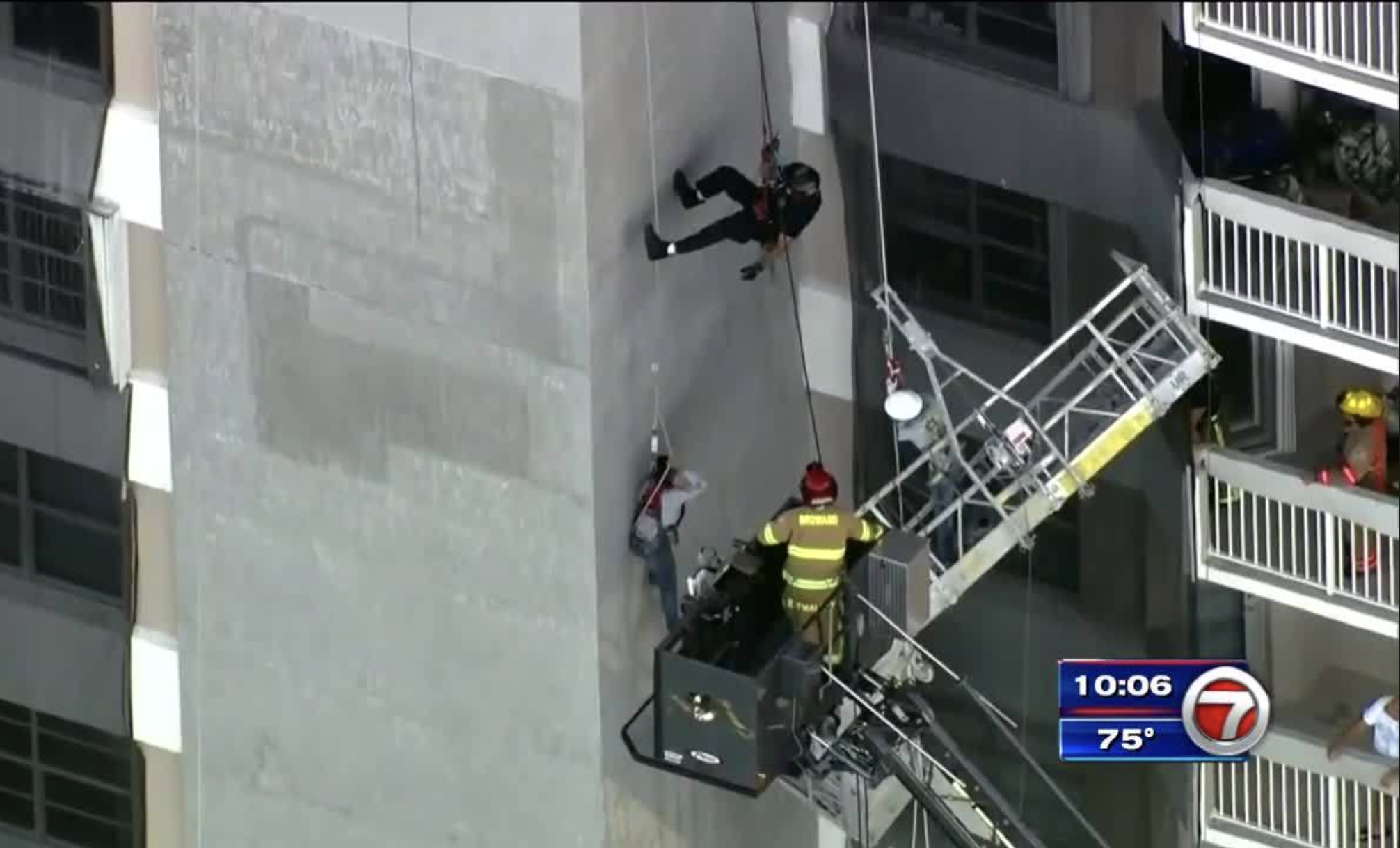
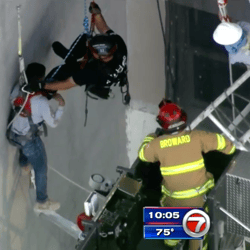 Broward Sheriff Fire Rescue responded and first lowered a rescuer down to perform a line transfer, or “pick-off”, and lowered the pair the rest of the way to the ground. The second worker was disentangled from the platform and lowered using the aerial (ladder truck).
Broward Sheriff Fire Rescue responded and first lowered a rescuer down to perform a line transfer, or “pick-off”, and lowered the pair the rest of the way to the ground. The second worker was disentangled from the platform and lowered using the aerial (ladder truck).
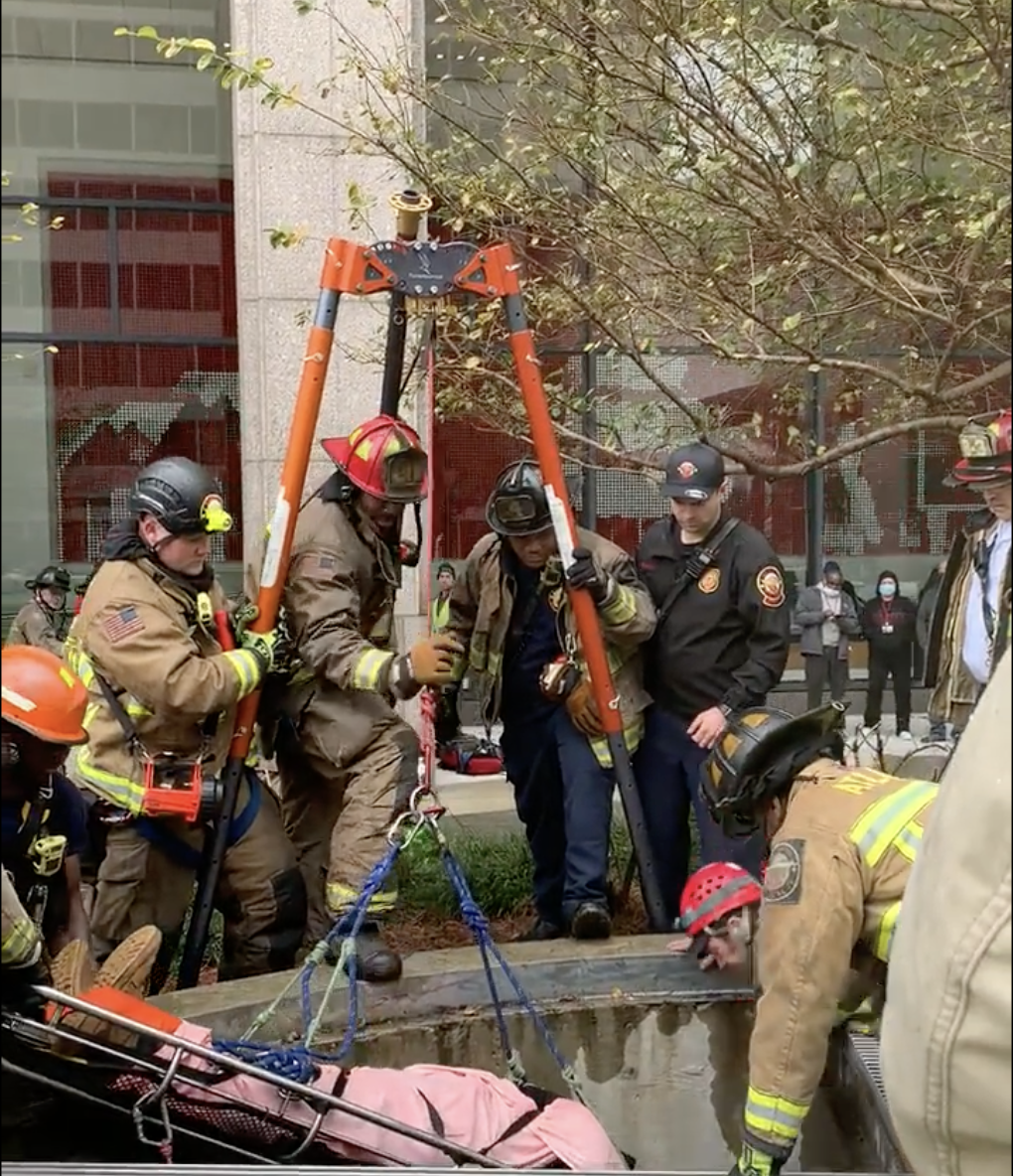 Source:
Source: 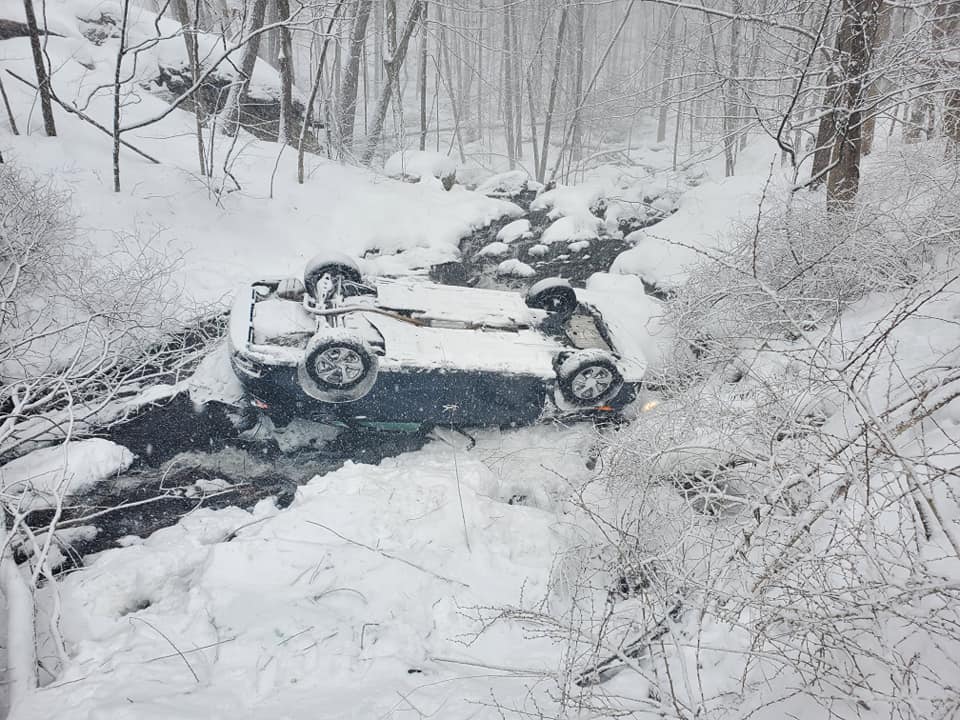
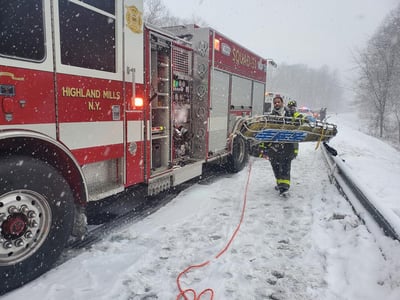
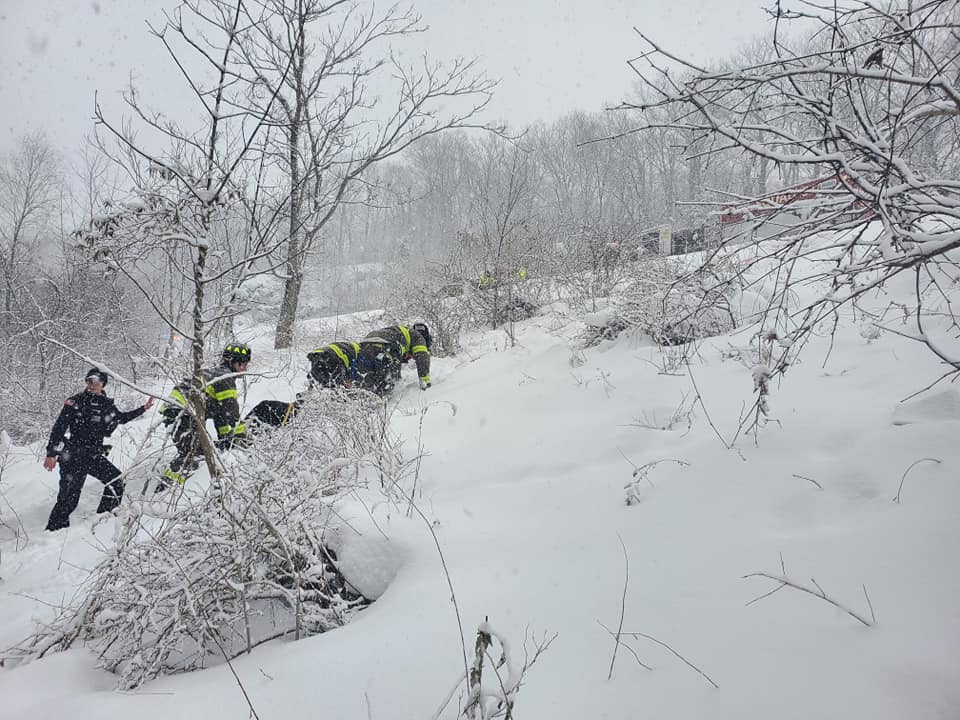 Continuous communication was critical in completing the rescue. We were able to get the patient to the top of the slope and transferred to medical personnel for transport.
Continuous communication was critical in completing the rescue. We were able to get the patient to the top of the slope and transferred to medical personnel for transport.


